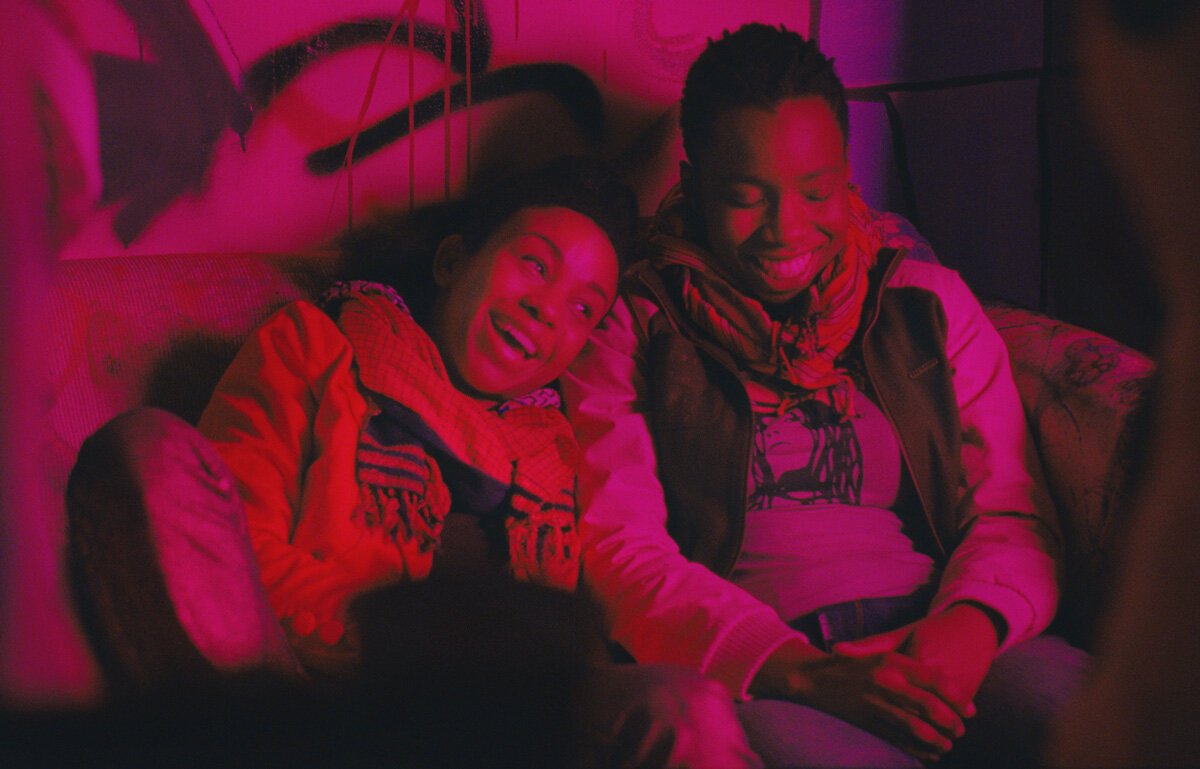Editor’s Note: Every Monday throughout June, Cinematary will be celebrating Pride Month with a series of essays written by some of our LGBT+ critics about LGBT+ films of their choice (and keep an eye on our Twitter for links to older essays on queer cinema!). The first writer up in the rotation is Ash Baker, who chose a heavy one: Tom Ford’s A Single Man.
Content Warning: This review contains spoilers and discussion of suicide.
Retro Review by Ash Baker
A Single Man is a movie directed by a gay man (Tom Ford) and based on a novel by the same name written by a gay man (Christopher Isherwood) and I believe that these men have portrayed, with care, a compelling story of a suicidal gay man. I write this review with care both because suicide is never a subject to be written about lightly and because representations of LGBT people committing or attempting suicide have become clichéd in film and television – a trope that is harmful to our community in many ways. In this review I will describe the ways I believe Tom Ford succeeds, and sometimes fails, at subverting it.
A Single Man follows George Falconer (played by Colin Firth), a British gay man living in Los Angeles, on what he has decided will be the last day of his life. George is numb from grief after his longtime partner Jim (played by Matthew Goode) was killed in a car accident eight months earlier.
George does a lot of things you might expect on this day. He thanks his housekeeper for her service to him. He sets a date to have dinner with his longtime friend, Charley (played by Julianne Moore). He has what seems to be a more passionate lecture than usual in the literature class that he teaches at a local college, and afterwards, he lets a conversation with a young student break the usual boundaries of teacher-student formality. He retrieves all of his important documents from the bank, lines them up on his table for whoever might find him.
What’s rather unexpected is Ford’s subtle use of humor, which is rather wonderfully utilized in some moments, and unfortunately misplaced in others.
George spends his morning grooming himself and getting dressed with care. He wears a perfectly crisp shirt and designer suit, square-rimmed glasses. He seems to have gorgeous taste, much like the director behind the camera. However, George leaves his home, and everyone who sees him on this last day tells him that he looks terrible, awful. This bit of surprise goes a long way, at least for this viewer.
The way that George interacts with his neighbor’s children is also a bit humorous. They seem fascinated with him, and he seems to watch them do what children do with some sad longing, either for the joy of his youth, or perhaps for the concept of family that he will now never share with Jim.
The pivotal scene where George finally sits on his bed with his revolver is naturally the most uncomfortable scene in the movie. For me, though, it seems a little too uncomfortable. The audience enters the scene on high alert. The day has come to a close. George has completed all of the tasks he laid out for himself. He tied every loose end, and he’s ready, now, to end his life. All that’s left is tension.
However, this thick tension is dispelled by George’s fidgeting. He can’t seem to get comfortable. He puts a pillow behind his head. He tries the gun frontways in his mouth, then upside down. He tries with his head right side up, tilts backwards, lies down. The release of tension, at first, could be a relief—maybe he’s not going to kill himself after all. Then, I feel it doubles down on this quiet sense of humor we see earlier, this surprising subtlety that allows the audience to crack a smile. George leaves the room and returns with a sleeping bag, which he crawls inside. Ah, the audience is made to think. He’s so anal retentive he doesn’t want to dirty his bed. He doesn’t want someone to have to clean up the mess of his brains.
For me as a viewer, this crosses a certain boundary. As someone who has suffered the loss of multiple people close to me by suicide, the image of a person with a gun in their mouth is uncomfortable and painful enough to look at. It’s not something I want to see. Worse than seeing it, though, is to have that image stripped of its heaviness, its power, and its devastation for a bit of ironic mockery of our sympathetic but somewhat silly protagonist.
A Single Man is somewhat of a polarizing movie, not only because of its content, but because of the way that Tom Ford, best known as a fashion designer, stylizes the story. While the costumes and makeup couldn’t have been more lovely, the aesthetic choices made by Ford as they pertain to the color grading of the film are risky. I can’t say whether I like them or dislike them, but I think they are effective in portraying the internality of a suicidal character.
Ford uses color to emphasize George’s emotional state to the viewer, which could be viewed as a clever sort of synesthesia. Much of the film is completely deprived of color, which affirms George’s numbness and indifference to the world around him.
Consider this still from a scene where George is chatting with another professor when he first arrives to the college, on his last day as a professor:
In scenes where George has a moment of remembrance, however, the scene slowly saturates with color, like a blush to a face. Consider this still, from a flashback to his initial meeting with Jim:
These two frames hardly look like they come from the same movie. However, the transitions from washed to saturated to washed again are smooth and gentle. The technique draws attention to itself, but in a way that alerts the audience to patterns of George’s heart.
It’s this care, and because of what suicide represents to George, that I believe Ford ultimately escapes contributing to the “bury your gays” cliché. George does not resort to suicide as an escape from a miserable existance of self-loathing or self-doubt. He resorts to suicide in hopes of putting an end to his grief. George is not a self-loathing character. In fact, he seems to have a lot of self-respect. He’s confident, though discreet, in his identity as a gay man. He’s confident in his relationship with Jim, even when its integrity is questioned by Charley, his dear friend.
The thoughtfulness with which George plans what will happen after he’s gone – he’s laid out the suit he wants to be buried in, the type of knot he wants his tie to be tied in – suggests this is not an act of passion or angst. George is choosing his death, and while still tragic, it is saying something very different than the narrative of the bullied teenager who slits their wrists in an impulsive act of self-doubt.
I’d be amiss if I didn’t note that George, ultimately, does not commit suicide. This is another polarizing issue for some – the attractive young student keeping George alive a little longer, the mystical ending that is perhaps too convenient. It’s hard to say what this movie would have become had George kicked out Kenny (played by Nicholas Hoult) and done what he’d set out to do that morning. It might be even harder to say what type of movie this would be if George just kept living. While I can’t say I necessarily liked the ending, I’m happy with the emotional resolution the movie settles on, and most of all, I’m happy to have the solace of knowing that George is okay.
I’m overjoyed with all the different LGBT representation that has flooded screens in recent years, and while I’m certainly not advocating for narratives that teeter on dangerous clichés, I think it would be dishonest if the LGBT community abandoned “sad” movies. The LGBT community is as diverse as any other, and while we are proud and happy, we are also complex human beings who are capable of sadness, fear, anger, and doubt. I’m not afraid of “sad” LGBT movies; I just want to know that, in the end, we’ll be okay.







